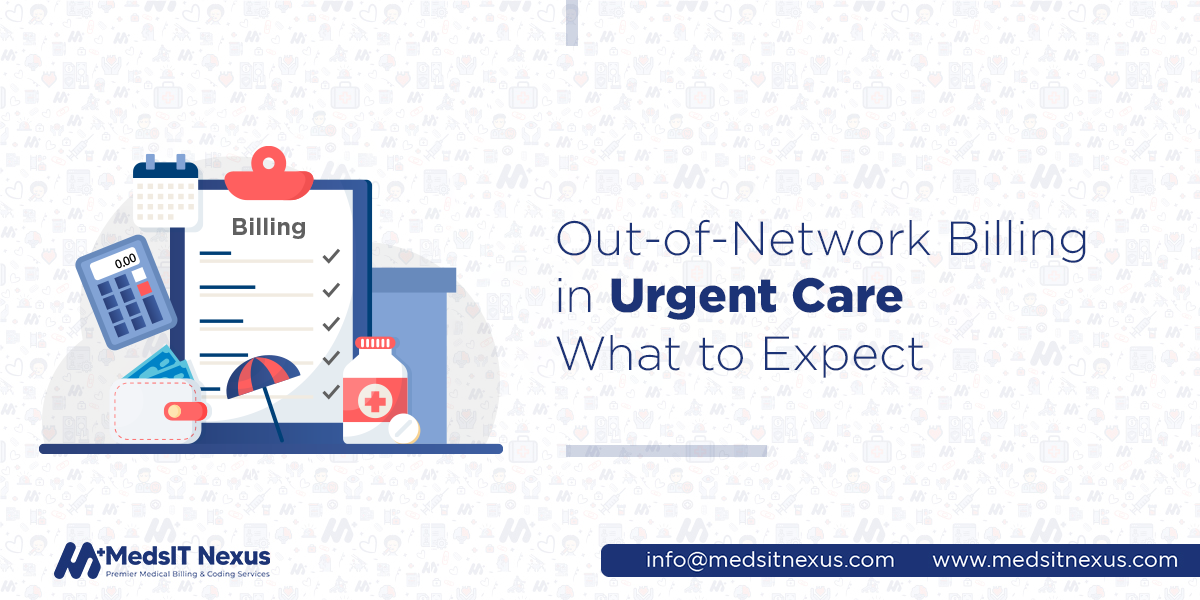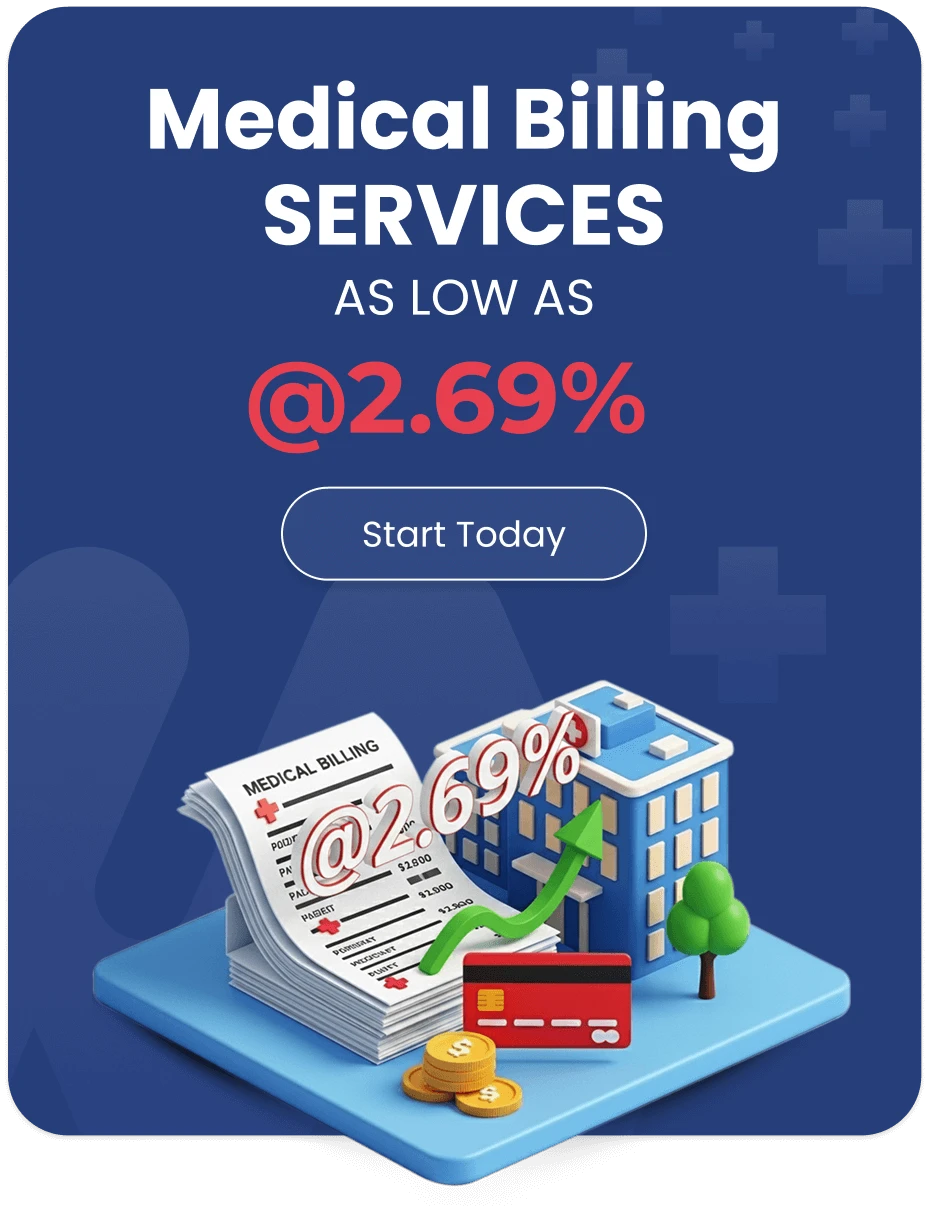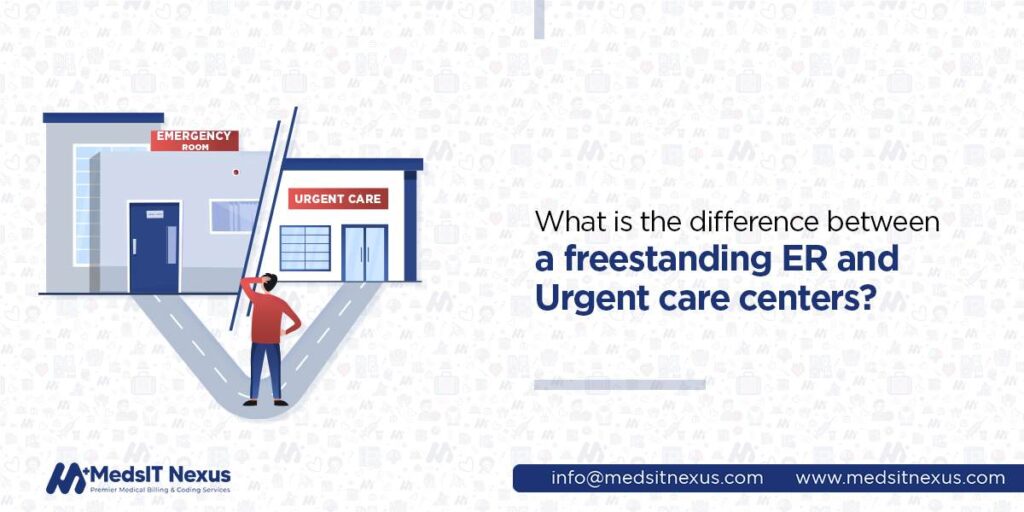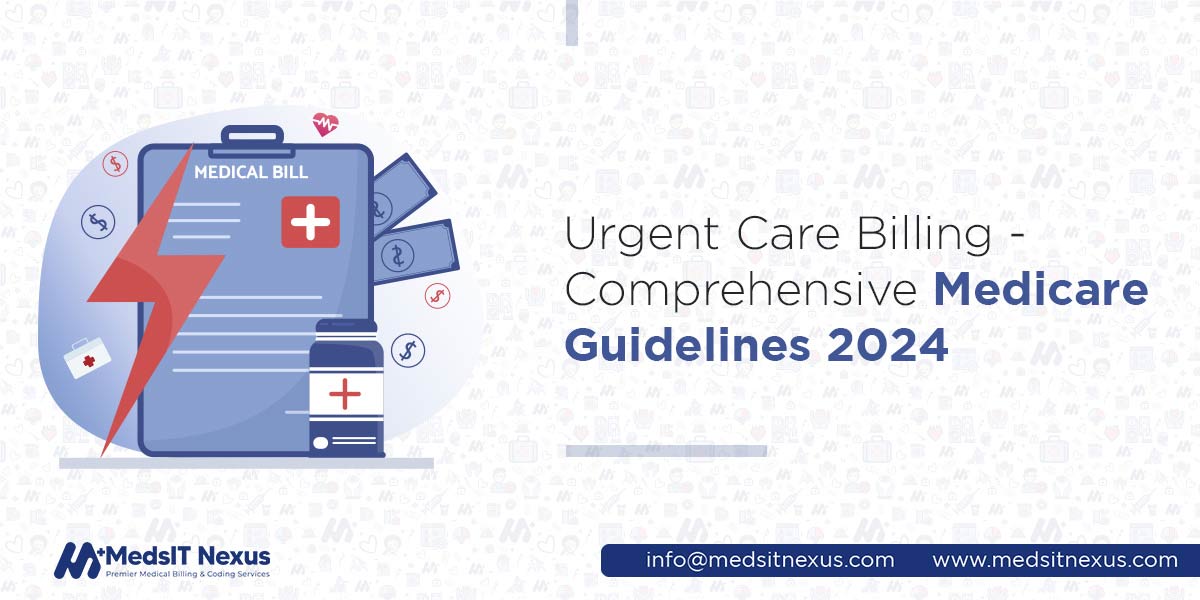Out-of-Network Billing in Urgent Care: What to Expect

After getting out-of-network urgent care services, patients might expect surprise billing. In today's
dynamic urgent care world, managing out-of-network (OON) billing has become more difficult because of
the challenges, and errors can lead to obstacles in revenue. Many people need help understanding the
true definition of OON and its billing strategies, resulting in claim denials. Healthcare practitioners
and patients want to know the difference between out-of-network and in-network arrangements and billing.
In this post, we have mentioned all the necessary aspects of out-of-network billing to help you
understand this concept thoroughly.
If you still need assistance, MedsIT Nexus offers extraordinary billing services to help you escalate
your demand, reputation, and profit.
What is out-of-network billing in urgent care? — Out-of-network vs in-network provider
Before delving into details, you must understand the difference between in-network and out-of-network.
In-network means urgent care providers are contracted with the patient's payer/insurer; hence in-network
billing means submitting claims by those providers that are contracted & credentialed with the insurance
company. In-network providers have signed a contract with that particular insurer, and they must adhere
to the insurer's guidelines and accept their payment models and rates. Visiting an in-network urgent
care center proves beneficial for the patient because insurers lower the rates for in-network providers
to ensure that their policyholders face fewer out-of-pocket expenses.
Compared to in-network, when the urgent care provider is out-of-network, he is not credentialed or
contracted with the patient's insurer/payer and, hence, not bound to follow any payer guidelines.
Out-of-network urgent care providers can bill the patient directly or the insurer on the patient's
behalf. When patients gain services from out-of-network providers, they may lose the health plan
discount and face higher cost-sharing. Getting OON services means higher costs and less insurance
coverage; consequently, patients might be required to pay high deductibles and healthcare providers are
supposed to bill for the difference, which is called "balance billing."
The critical question is when a provider should bill out of the network. As an urgent care provider,
understanding when to bill out-of-network is essential for ensuring that your patient receives the right
treatment without experiencing unexpected payment burdens and financial well-being. When patients
actively gain specialized treatment, services, or expertise that meet their needs, insurers often
acknowledge the value of such treatment and service. If your services are in high demand because of your
unique services and skills, insurers might consider covering treatment even if you are out-of-network.
Moreover, insurers are more prone to pay for such services when an in-network provider provides
referrals to gain out-of-network services.
Urgent Care Billing Guidelines for Out-of-Network Providers
When you are an out-of-network provider, you have two ways for billing:
- One option is you will provide the patient with a "superbill," which is a detailed receipt of the services you rendered to patients and contains most of the same information as the claim form. After receiving the superbill, the patient will thoroughly read it and use the given information to form and submit the claim to their insurer. In this way, insurers will send the payment to the patients and they will submit this payment to you.
- The second option is that you will submit the claim to the insurer on the patient's behalf. After receiving the reimbursement from payers, the provider will send a bill for the remaining fee in the name of balance billing. For appropriate billing and out-of-network reimbursement, it is best to follow the tips below.
Verify each patient’s out-of-network coverage & benefits
Not all insurers cover out-of-network urgent care provider services; some provide limited coverage while
others do not. Therefore, you must pay attention to the type of patient's insurance plan, its
guidelines, limitations, and what it covers and verify by pre-authorization. Let’s discuss different
types of insurance coverage in urgent care.
Preferred Provider Organizations (PPOs): PPOs allow patients to choose a provider
(either in-network or out-of-network) and offer a higher premium charge in exchange for lower copayment.
Health Maintenance Organizations (HMOs): HMOs do not cover OON services; hence, the
patient is required to stay in-network. To gain out-of-network treatment, the patient must be referred
by in-network providers. In an HMO with the point-of-service option, patients can visit out-of-network
for some services at a higher cost.
Point-of-service (POS): Patients with POS coverage require a referral to get covered
for OON care.
Medicare and Medicaid are also included in this list; therefore, clear communication through calls,
email, and the insurer's website is necessary to understand the whole process.
Prepare patients by open communication for out-of-network billing
Transparent billing does not always mean sending a receipt/billing statement; instead, it should explain the pre-estimated cost and nuances of their medical expenses, such as explaining procedural expenses, telling test prices, informing patients about alternative treatment options, and their expected overhead expenses. Patients are always disadvantaged due to a lack of transparency of cost. Transparency is the key to eliminating the consequences of surprise billing, as it has been tremendously promoted across states since the Affordable Care Act (ACA) of 2010. American Vision University says that transparency fosters a relationship of trust and cultivates an environment of informed-decision making, providing evidence to decide whom to trust, improving value and quality.
Ways to improve urgent care price transparency
AMA also supports transparency by recognizing its importance in controlling costs; AMA suggested some strategies to boost price transparency.
- Develop resources to increase health literacy and reduce patient confusion to assist patients in navigating the challenges of pricing.
- Communicate cost information to the patient while considering the patient's insurance status.
- It is beneficial for urgent care providers and payers to work together for seamless transparency and pricing.
- Implement price transparency tools to ensure the relevancy of the information provided.
- EHR must be incorporated with price transparency for flawless communication.
Compliance with out-of-network billing laws
Out-of-network billing laws vary depending upon the type of services provided, location of provided
services, type of payer, and its regulations, and it is necessary to be aware and adhere to these laws.
No Surprise Act, a federal law, is a new billing law introduced in healthcare to prevent patients from
being stuck with unexpectedly more significant bills after getting OON services. Another law is
California's out-of-network billing and payment law (AB 72), designed to reduce surprise bills and
regulated by CDI. Non-compliance with these laws will result in legal and monetary penalties.
Managing out-of-network claims
Proper management and submission of claims are necessary for appropriate reimbursement; therefore, the steps below will lead to professionalism.
- Complete the Medicare claim form or Commercial claim form clearly and correctly because incomplete or inaccurate claim form information will be denied.
- A complete itemized statement includes the physician's name and address, date of service, diagnosis code, service codes, patient name, and charges.
- Mention POS-20 to indicate that the service was given in urgent care.
- Attach additional documentation such as receipt of given services and Proof of payment (for patients).
- Submit the claim via mailbox, email, or electronic means.
Offering flexible payment plans
As more payment methods have become known in the modern world, patients’ behavior and expectations have shifted accordingly. According to McKinsey & Co., Global cash using methods have declined by approximately 4% in 2022, indicating a significant transition toward digital payment methods.
Importance of accepting multiple payment methods
Due to the complexity of billing and payment in the urgent care industry, it has become paramount to meet patient requirements by offering various payment options. Offering numerous payment options comes with a pile of benefits, such as:
- Convenience for patients
- Enhancing patients' experience and satisfaction
- Reaching a wider patient base (i.e., younger patients are more likely to pay through digital wallets while older may use bank transfer)
- Removing dependency on a single payment method (i.e., if one method is not working, you will have the alternative option)
- Responding to technological trends and advancements
- Payment security and fraud prevention
- Staying competitive
How to decide which payment methods to accept?
Use advanced analytics: To access patients' demographics, payment habits, and payment
preferences, advanced patient analytics such as customer relationship management (CRM) software, Google
Analytics, or specialized fintech analytics platforms must be utilized.
Healthcare industry-specific payment trends: It is essential to research payment trends
in the urgent care industry deeply by attending conferences, networking with peers, using journals, etc.
Technology adoption trends: Assess different technology-driven payment options and
analyze how your facility can adopt them. These might encompass artificial intelligence (AI)- driven
payment systems, biometrics, or blockchain-based payments.
In-depth security assessment: To meet compliance with privacy standards such as data
encryption standards, Payment Card Industry Data Security Standard (PCI DSS) for credit card
transactions, and fraud detection capabilities, you work with cybersecurity, billing, and IT experts to
analyze security features of different platforms to implement the practical approach.
Structured patient feedback systems:
Implement a system that accurately collects feedback on payment methods from patients. This
will give you insights into your patients' preferences.
Partnering with urgent care billing experts for seamless out-of-network billing
One of the effective strategies for right out-of-network urgent care billing is outsourcing. Regarding this, MedsIT Nexus is considered one of the top outsourcing urgent care billing companies in the USA because our expertise equips us with in-depth knowledge of OON billing standards and insurers' guidelines. Our dedicated team implements different strategies to ensure your claim is accurate, compliant, and timely. We deal with the entire billing procedure, from verification of benefits to receiving payments. By partnering with us, you eliminate obstacles in accurate billing and boost reimbursement.
Dr. Sana Pervez, Pharm.D, CCS, CPC -
Clinical Compliance Advisor at MedsIT Nexus
Responsible for Medical and compliance review of all healthcare RCM and billing content before publication.






